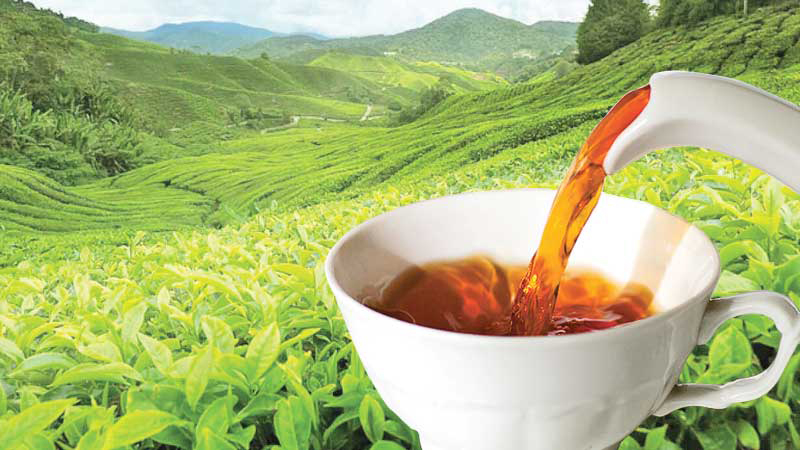The tea industry is reeling from the after effects of a lack of fertiliser and glyphosate as well as an unsustainable wage model, which has resulted in a stagnant position today. As a direct result of this, exporter operations are gradually shifting to other markets that are more viable over the course of time.
On the one hand, tea producers believe that the industry will likely come to a standstill, while on the other hand, tea exporters are feeling the pinch of low volumes and a stagnant product. Tea producers believe that the industry will likely come to a standstill.
PA spokesman Dr. Roshan Rajadurai told the Business Times that everything will eventually come to a halt because of the increase in prices sooner rather than later.
He added that they are unable to make even the most fundamental purchases, and he also stated that there is an immediate requirement for a change in the sector’s wage model; failing to do so will result in the company becoming “unprofitable and unviable.”
He expressed alarm about the fact that the business has already entered its second cropping season and went on to warn that things are going to get even worse.
According to him, workers should be allowed to govern themselves, and agricultural supplies such as glyphosate and fertiliser should be made available. Since the previous one and a half years, glyphosate has been unavailable, but the fertiliser is still on the market; nevertheless, it is priced more expensively.
Exporters are searching for alternatives while manufacturers work hard to generate sufficient quantities of a product whose demand is continually on the decline.
Chairman Jayantha Karunaratne of the Colombo Tea Traders Association stated that the tea industry is “rather stagnant,” and even though they do not anticipate the sector coming to a complete halt, there is no development in the industry.
He explained that in terms of value addition and other factors, exporters are changing their operations, and multinational brand owners are selecting locations such as Dubai, Russia, and Europe for packaging overseas.
Exporters have been spreading out to other markets for a period of time, and there are a number of variables that are affecting the business as a whole.
Because of the crop failure this year, the industry is now functioning on low levels, but there are efforts being made to ensure that they can boost those numbers. This has been a key contributor to the situation.
